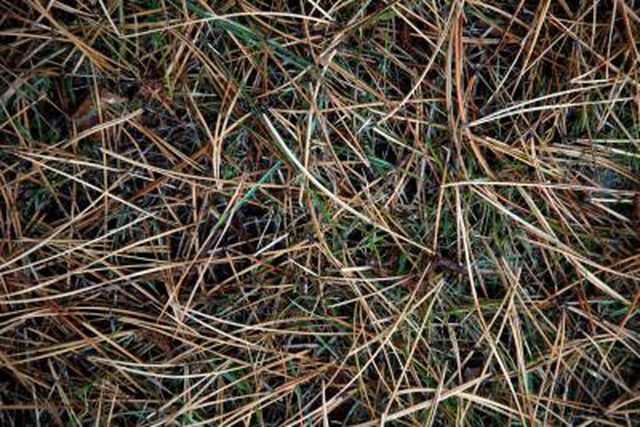Bulbs
Flower Basics
Flower Beds & Specialty Gardens
Flower Garden
Garden Furniture
Garden Gnomes
Garden Seeds
Garden Sheds
Garden Statues
Garden Tools & Supplies
Gardening Basics
Green & Organic
Groundcovers & Vines
Growing Annuals
Growing Basil
Growing Beans
Growing Berries
Growing Blueberries
Growing Cactus
Growing Corn
Growing Cotton
Growing Edibles
Growing Flowers
Growing Garlic
Growing Grapes
Growing Grass
Growing Herbs
Growing Jasmine
Growing Mint
Growing Mushrooms
Orchids
Growing Peanuts
Growing Perennials
Growing Plants
Growing Rosemary
Growing Roses
Growing Strawberries
Growing Sunflowers
Growing Thyme
Growing Tomatoes
Growing Tulips
Growing Vegetables
Herb Basics
Herb Garden
Indoor Growing
Landscaping Basics
Landscaping Patios
Landscaping Plants
Landscaping Shrubs
Landscaping Trees
Landscaping Walks & Pathways
Lawn Basics
Lawn Maintenance
Lawn Mowers
Lawn Ornaments
Lawn Planting
Lawn Tools
Outdoor Growing
Overall Landscape Planning
Pests, Weeds & Problems
Plant Basics
Rock Garden
Rose Garden
Shrubs
Soil
Specialty Gardens
Trees
Vegetable Garden
Yard Maintenance
Plants that Benefit from Pine Needle Mulch
Plants that Benefit from Pine Needle Mulch. If your yard is covered with pine needles from several mature pine trees, use the needles as mulch rather than bagging and discarding them. According to the Ohio State University Extension publication, "Mulching Landscape Plants," pine needle mulch increases acidity in soil. Planting acid-loving...
If your yard is covered with pine needles from several mature pine trees, use the needles as mulch rather than bagging and discarding them. According to the Ohio State University Extension publication, "Mulching Landscape Plants," pine needle mulch increases acidity in soil. Planting acid-loving flowers and shrubs that benefit from the pine needle mulch reduces your work and benefit the plants.
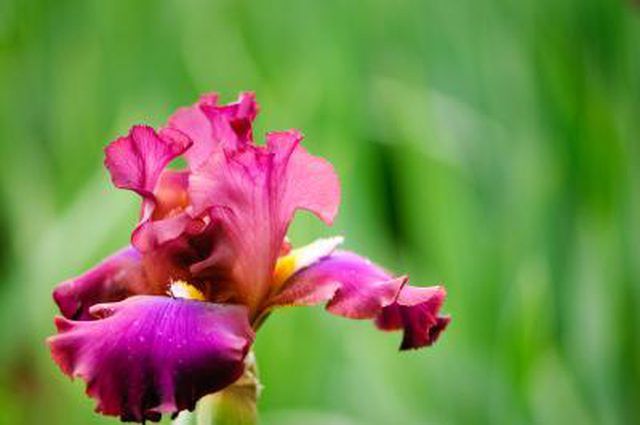
Flowers that love acidic soil include Lily of the Valley, dianthus, yarrow, iris, orchid, pinks, rue, hosta and veronica. Some of these flowers, such as hosta and Lily of the Valley, prefer the shade under pine trees. If there is sufficient room between the tree's roots, you can plant these flowers directly to the soil. Mature pine trees have large roots that are difficult to plant around; build a raised bed for flowers under these trees.
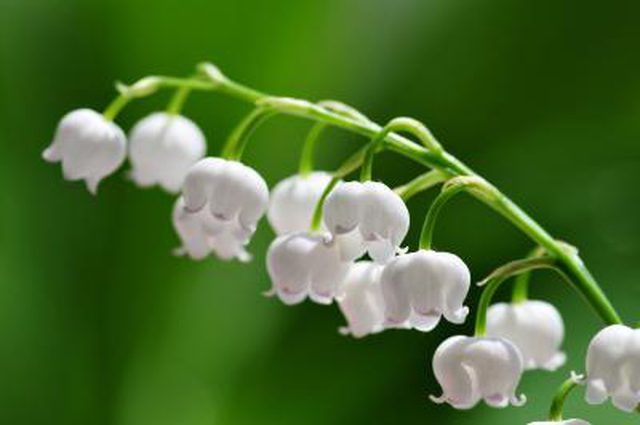
Shrubs that benefit from pine needle mulch include azalea, gardenia, hydrangea, jasmine, rhododendron, bayberry, Daphne rose and holly. Gardenias need a monthly application of an acidic fertilizer; replace it with a layer of pine needles smoothed around the base of the shrub. Gardeners use an acidic fertilizer to turn hydrangea's flowers blue; use pine needle mulch under the hydrangeas instead.
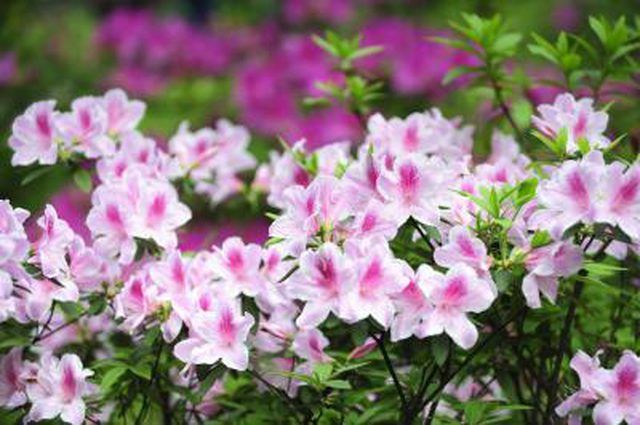
To determine whether the soil's pH needs to be amended, test the soil in the garden. Take a sample to the local agriculture extension agency or use a soil testing kit purchased from a gardening center.
To reduce the pH by 1.0 points, The Garden Helper recommends mixing 1.2 oz of ground rock sulfur for each square yard of sandy soil, or 3.6 oz per square yard for all other soils. Amend the soil two to four weeks ahead of planting to allow the amendments time to adjust the soil's pH.
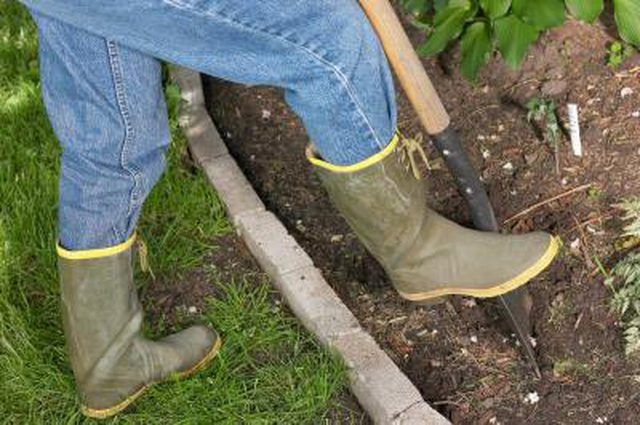
If there are not any pine trees in your yard, buy pine needle mulch--also known as pine straw--from home garden stores or nurseries.
If you live in an area with pine trees, watch for neighbors who rake and bag their mulch to put out for the trash. Ask if you can have the needles.
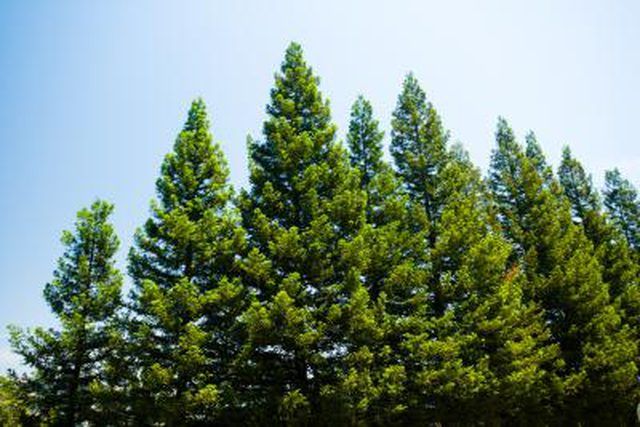
Once the flowers or shrubs are planted, spread the pine needles around the base of the plants. Keep the pine needle mulch between 2 and 2 ? inches deep. Too shallow a depth will not control the weeds or help the soil retain moisture. Mulch that is too deep keeps the soil too wet, causes disease, rots the roots and attracts rodents and other pests.
According to Purdue University Cooperative Extension Service's "Landscape Plants for Acid Soils", test the garden's soil every three years, as "alkaline water supplies will cause the soil to become less acidic."
